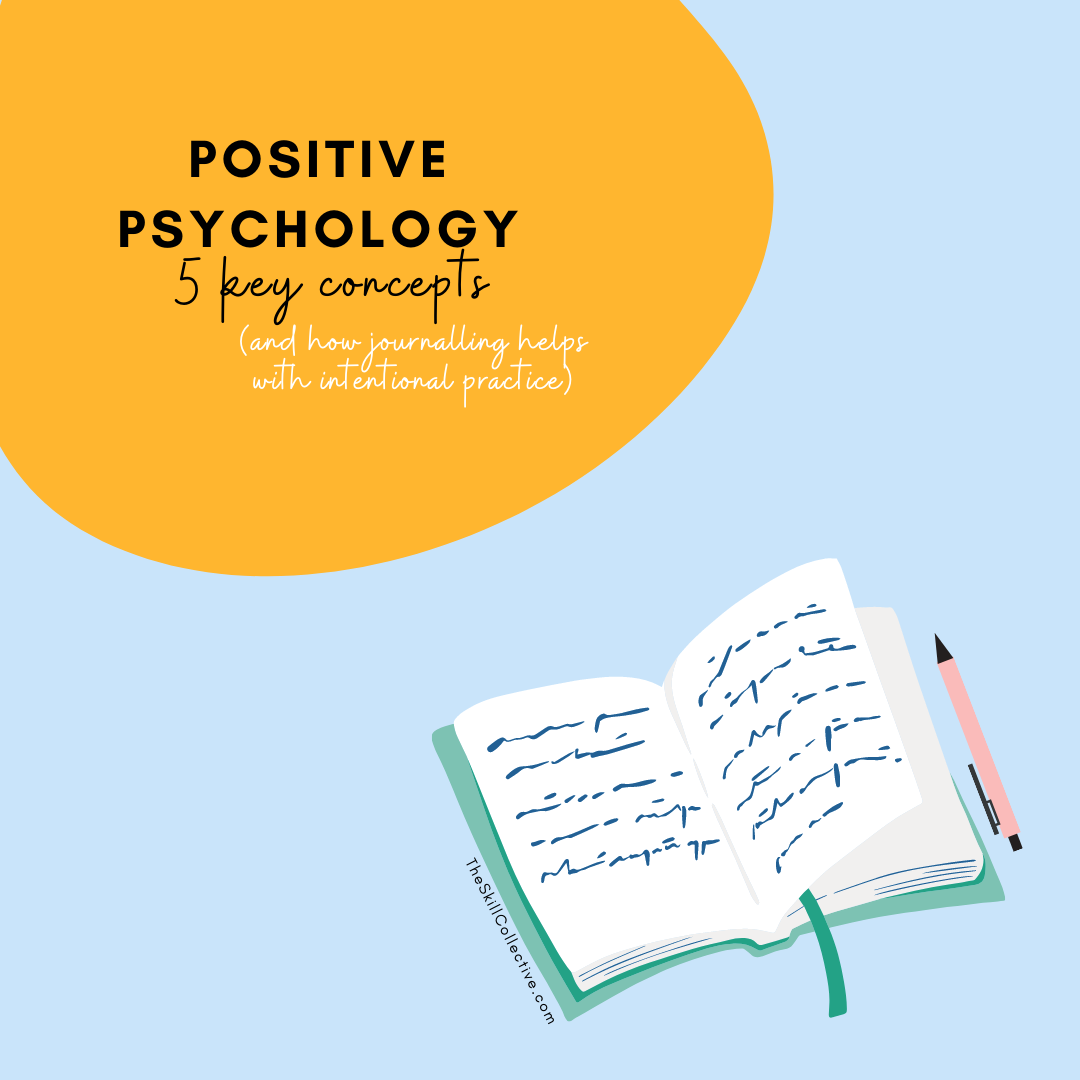How a planner can help you to better manage anxiety
Keep track of your anxiety by monitoring your mood and sticking with healthy habits. Here we outline how the humble planner can help you to achieve your goals when it comes to anxiety.
Positive Psychology: 5 Key Concepts (and how journalling helps with intentional practice)
Boost your wellbeing and resilience with Positive Psychology. In this article we look at 5 key concepts in the field of positive psychology, and how journalling can help you achieve better wellbeing.


